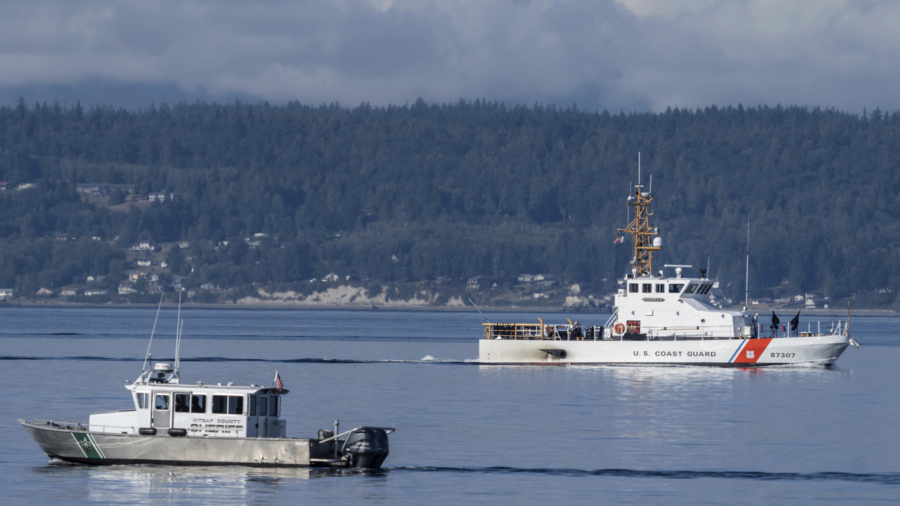SEATTLE—Federal authorities have issued a warning about a part of the tail in the type of seaplane that crashed in Washington state’s Puget Sound last month, killing 10 people.
The Seattle Times reports that the Federal Aviation Administration (FAA) has issued an emergency airworthiness directive concerning Otter seaplanes. Released Tuesday, the directive warned of potential cracks and corrosion in a part called the elevator, a movable surface of the horizontal tail that controls the plane’s pitch.
The newspaper reported the warning was not the result of the investigation into the Sept. 4 crash off Whidbey Island.
According to the directive, federal officials received “multiple recent reports” of cracks in the elevator.
The sudden failure of the elevator can cause a plane to abruptly go nose-down, similar to witness reports of how last month’s crash in the waters northwest of Seattle looked, said Douglas Wilson, a Seattle-based seaplane pilot and president of aviation consulting firm FBO Partners.
The plane in the fatal Washington state crash was a de Havilland Canada DHC-3 Otter turboprop operated by Renton-based Friday Harbor Seaplanes.
Todd Banks, president of Kenmore Air, which flies similar Otter seaplanes, said investigators could be looking at many possibilities about what caused the crash.
He did say the timing of the FAA directive was notable, and a problem with the control surface on the tail could be a part of the probe.
An FAA spokesperson said “the investigation is ongoing. No cause has been determined.”
The FAA directive about Otter seaplanes orders “repetitive detailed visual inspections of the entire left-hand elevator auxiliary spar for cracks, corrosion, and previous repairs, and depending on the findings, replacement of the left-hand elevator auxiliary spar.”
The wording requires urgent action, indicating the danger is considered serious.


